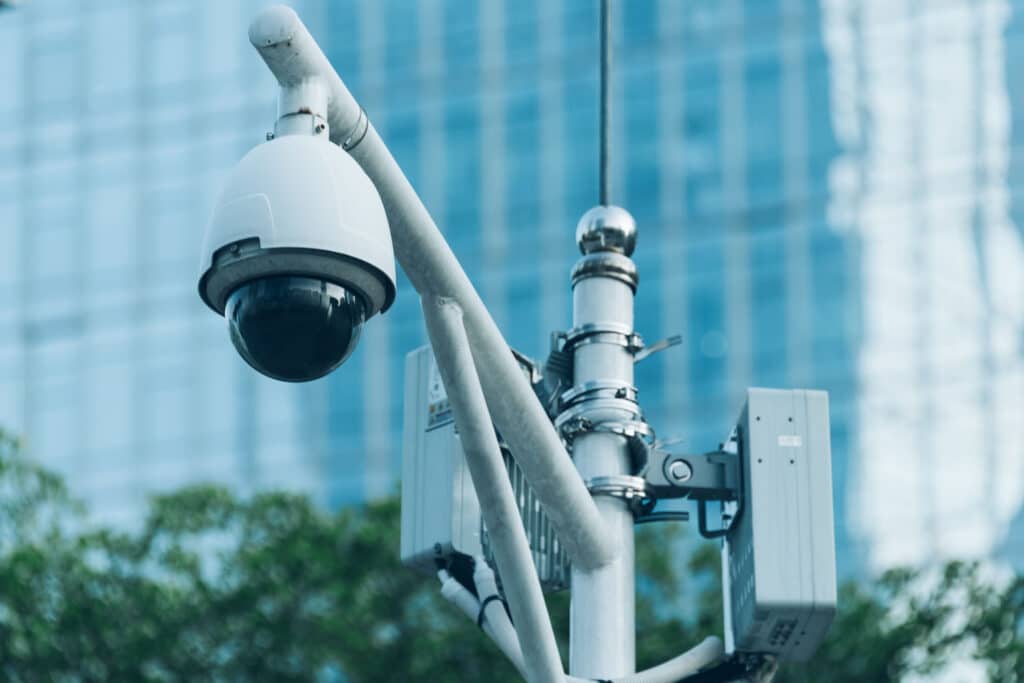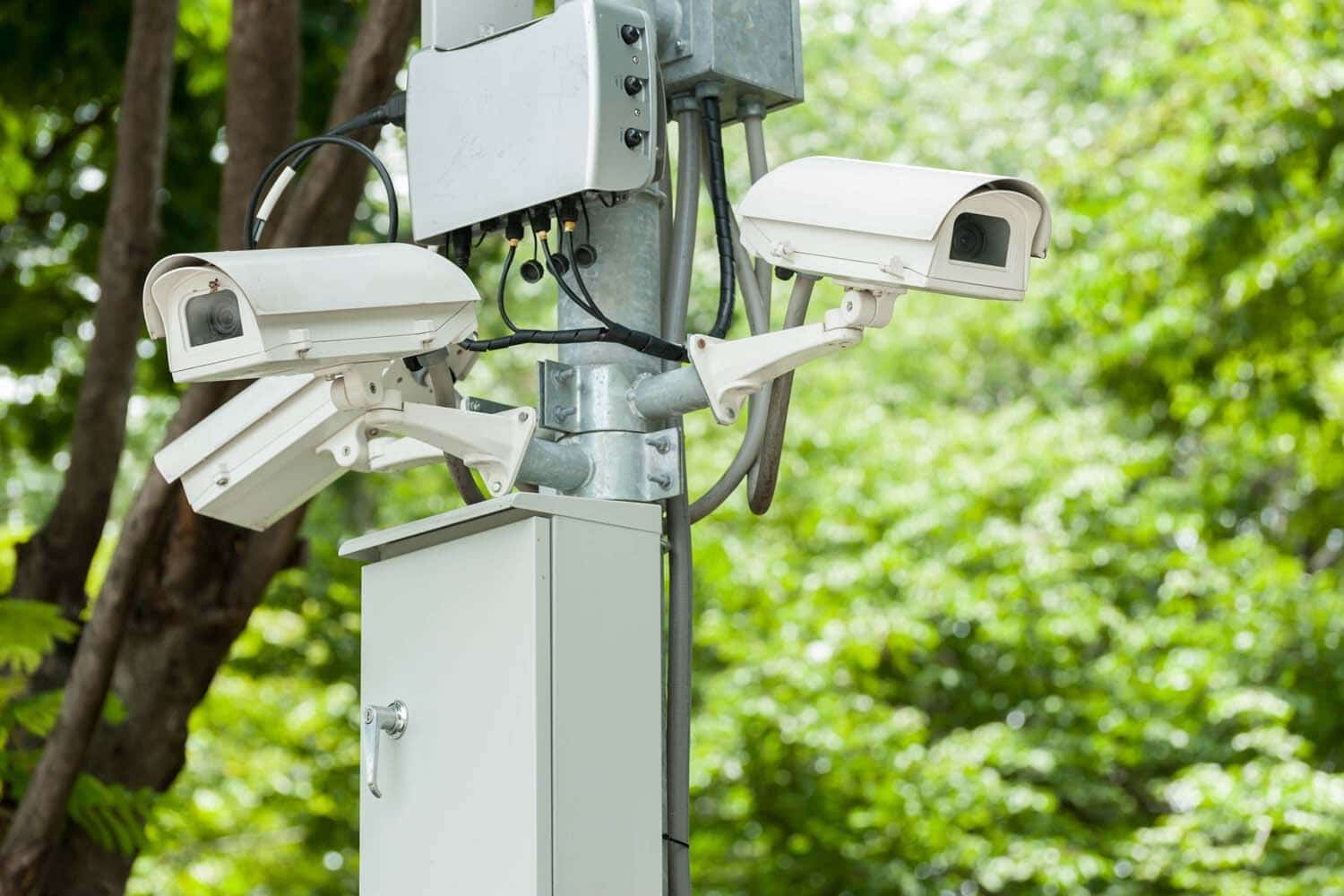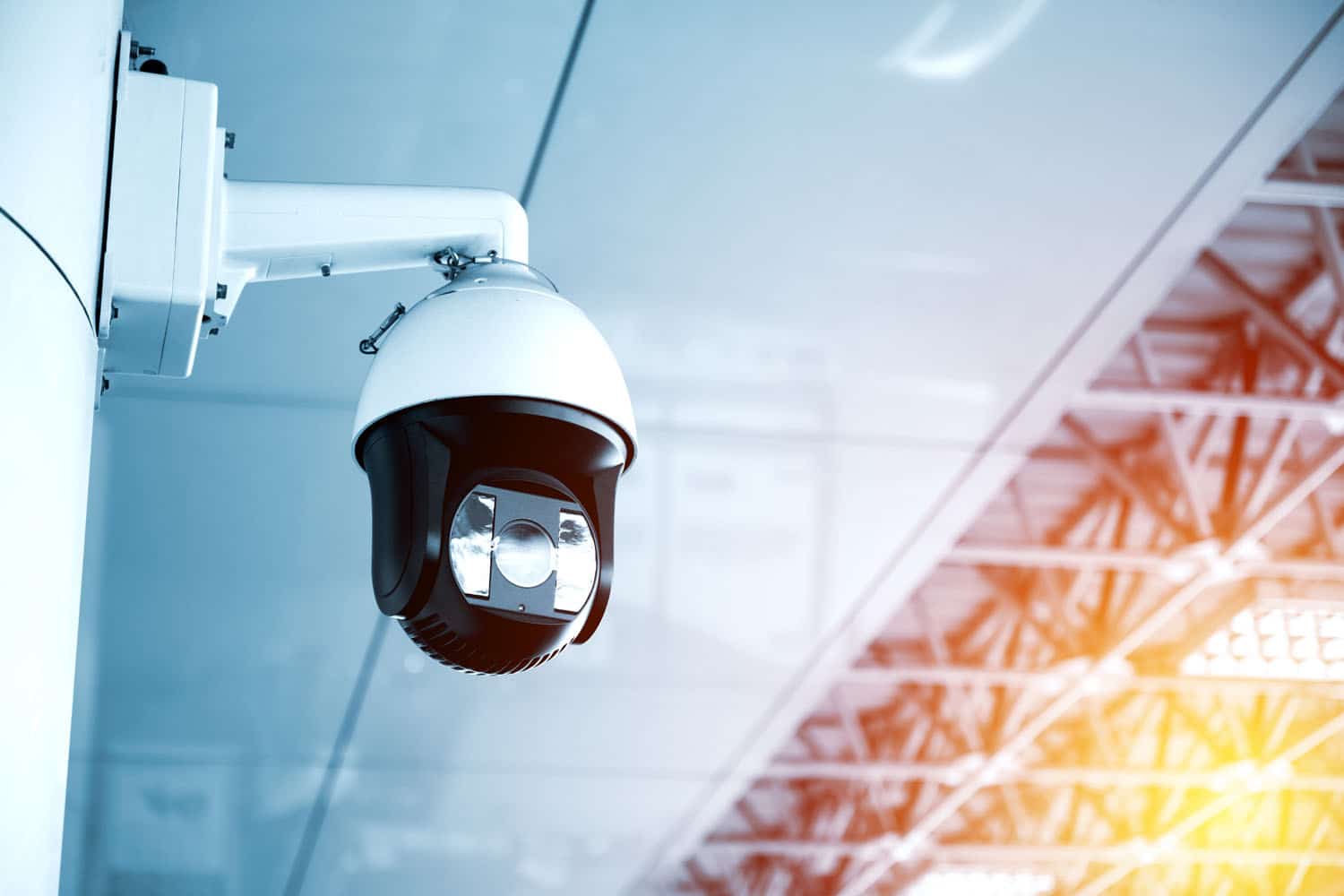It’s a story every business owner knows: One unexpected break-in can lead to thousands in losses. A typical vandalism incident costs over $3,300 in property damage, and businesses often lose an additional $2,000 each day they remain closed during repairs. When security fails, the financial and operational fallout can escalate quickly. According to recent federal data, property crimes in the U.S. resulted in more than $280 billion in losses last year.
In this climate, businesses cannot afford to overlook the importance of the right surveillance system.
The decision between wired vs. wireless security cameras plays a critical role in the effectiveness of your protection strategy. The wrong choice can leave you with signal issues or blind spots in high-risk areas. Understanding how each system works and where it fits best can help you avoid costly gaps in your surveillance coverage.
In this article, we’ll compare wired and wireless security cameras from a business perspective. We’ll explain the strengths and limitations of each and help you determine which setup aligns with your security priorities.
Wired Security Cameras: Reliability That Lasts
Wired security cameras use coaxial or ethernet cables to transmit footage and power. For businesses that need continuous video feeds, this setup provides unmatched reliability. A hardwired connection does not suffer from wireless interference or signal drop, so recordings remain consistent.
One of the biggest advantages of a wired system is bandwidth control. Since data moves through physical cables, these systems won’t slow down or lose footage during periods of high network usage. They are also harder to hack remotely because they do not rely on Wi-Fi.
However, wired systems require more upfront planning. You need to route cables through walls and ceilings which may disrupt normal business operations during installation. moves or reconfigures its layout frequently, this lack of flexibility becomes a disadvantage. Also, expanding a wired system means running more cables and installing additional network switches or recorders. Not to mention added cost.
Wired systems work best in locations that rarely change. Businesses with permanent walls and stable equipment setups often benefit from the consistent performance of hardwired cameras. This setup helps maintain clear footage and avoids the reliability issues that can happen when networks fluctuate. Many companies choose wired systems when video quality and uninterrupted recording are top priorities.
Wireless Security Cameras: Fast Setup and Flexible Deployment
Wireless cameras connect over Wi-Fi or other wireless networks and usually get their power from batteries or nearby electrical outlets. This setup appeals to businesses that need flexibility, especially those operating in leased spaces or modular environments.
The main benefit of wireless cameras is ease of installation. There’s no need to drill or pull cable through walls. If your layout changes, you can relocate cameras quickly without affecting the rest of the system. This mobility also makes wireless cameras ideal for monitoring temporary structures or outdoor lots.
That said, wireless security cameras have trade-offs. Their performance depends on network strength. If your Wi-Fi signal is weak or interrupted, the camera may drop footage or stream with a delay. Battery-powered models also require maintenance to ensure they stay charged, and environmental factors like thick walls or metal barriers can interfere with signal strength.
Wireless systems work well for businesses that need short-term monitoring, quick deployment, or frequent relocation. Restaurants with patios, small offices, and service providers with multiple temporary job sites often benefit from the flexibility wireless cameras offer.
Installation and Maintenance: What to Expect
Wired cameras typically require professional installation. The process includes running cables, installing mounting hardware, and connecting cameras to a central recorder or server. While this increases initial costs, it also reduces long-term maintenance. Wired systems are often set-and-forget, with fewer connection problems once you have them installed.
Conversely, wireless cameras are easier to install and may not require professional support. Some systems can be set up in less than an hour using a mobile app. However, you need to maintain network stability and monitor battery levels. Wi-Fi cameras may also require regular firmware updates to address any emerging security vulnerabilities.
If you lack a dedicated IT team, wireless cameras may seem simpler at first, but they can require more attention over time. Wired systems involve more setup but usually demand less day-to-day oversight. For example, Pro-Vigil offers camera health monitoring to ensure your units stay ready to perform.
Scalability and Integration with Security Services
Many businesses need more than just cameras. They want analytics, remote monitoring, and real-time response capabilities. Wired systems integrate easily with large-scale surveillance solutions, including centralized control rooms and video management software. They also support high-definition feeds without compression, which is critical for facial recognition or license plate capture.
Wireless cameras can integrate with cloud-based services and mobile apps, making them ideal for real-time alerts and mobile monitoring. However, the number of cameras you can deploy may be limited by your Wi-Fi bandwidth or router capacity.
Businesses considering third-party monitoring services, such as Pro-Vigil’s virtual guarding, should weigh integration options. Wired systems may provide smoother feeds and faster alerts, while wireless cameras allow for greater reach in remote or undeveloped areas.
Wired vs. Wireless Security Cameras: Which System Should You Choose?
There’s no one-size-fits-all answer. The right solution depends on your facility layout, bandwidth availability, risk profile, and long-term business plans. A manufacturing plant with perimeter fencing may need a durable, wired setup. A mobile construction firm may prefer wireless cameras that move with each project.
In some cases, a hybrid approach works best. Wired cameras can protect fixed assets and entry points, while wireless units monitor remote corners or parking lots where cable runs are impractical.
If you’re unsure which path to take, work with a security provider who understands both options. Pro-Vigil designs custom surveillance solutions that balance cost, coverage, and convenience backed by active monitoring that responds the moment threats appear. Contact us to explore your options.
Q&A
Modern wireless cameras use encryption protocols to secure video feeds and prevent unauthorized access. However, businesses must secure their network infrastructure and regularly update firmware.
Many commercial systems support a hybrid approach. You can use wired cameras for critical zones and wireless ones for flexible coverage. This setup gives you the reliability of a wired backbone with the adaptability of wireless monitoring where cable runs are challenging.










